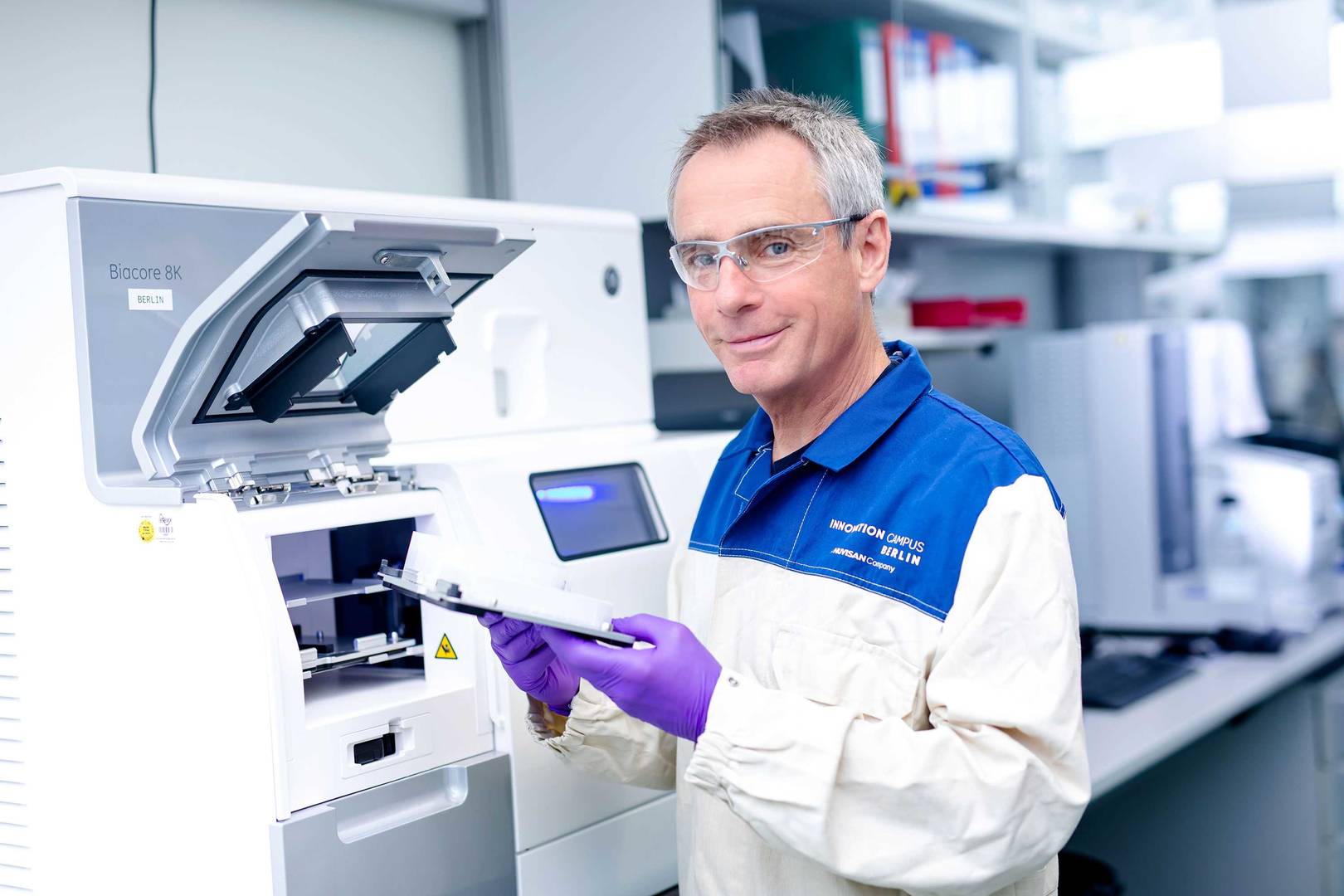Nuvisan boasts a long history of expertise in differential scanning fluorimetry (DSF), also known as thermal shift assays (TSA) or ThermoFluor. This technique monitors temperature-mediated protein unfolding and detects changes in the thermal stability of a target upon ligand binding, effectively differentiating between binders and non-binders. Our skilled scientists can support you in designing and conducting DSF experiments to identify and characterise potential binders, enabling valuable insights for your research and development projects.


Nuvisan's surface plamon resonance services deliver real-time analysis of biomolecular interactions.
learn more
Our isothermal titration calorimetry services deliver precise measurement of molecular interactions.
learn more
We perform MST experiments to support our clients with the analysis of interactions between biomolecules.
learn more